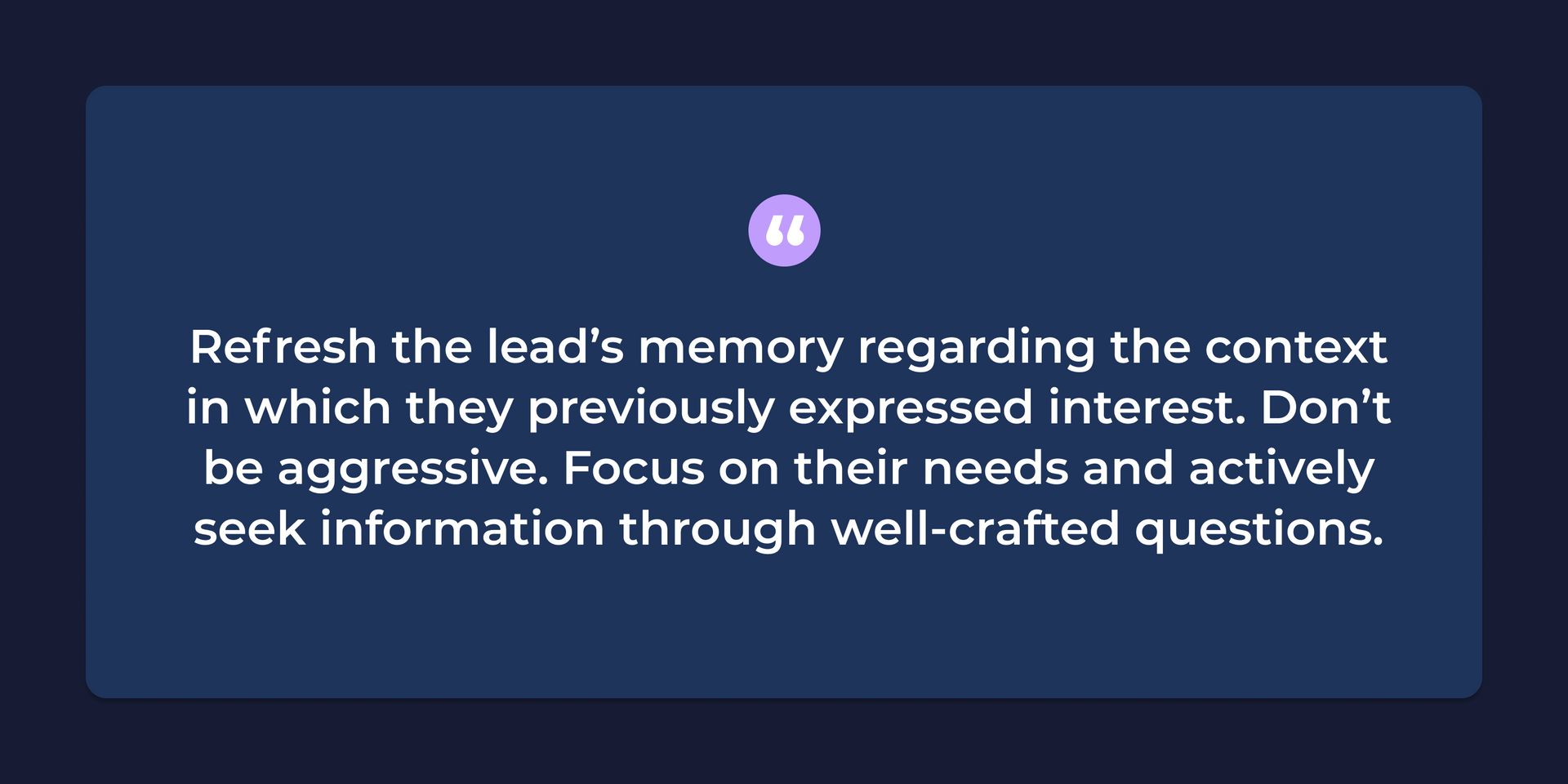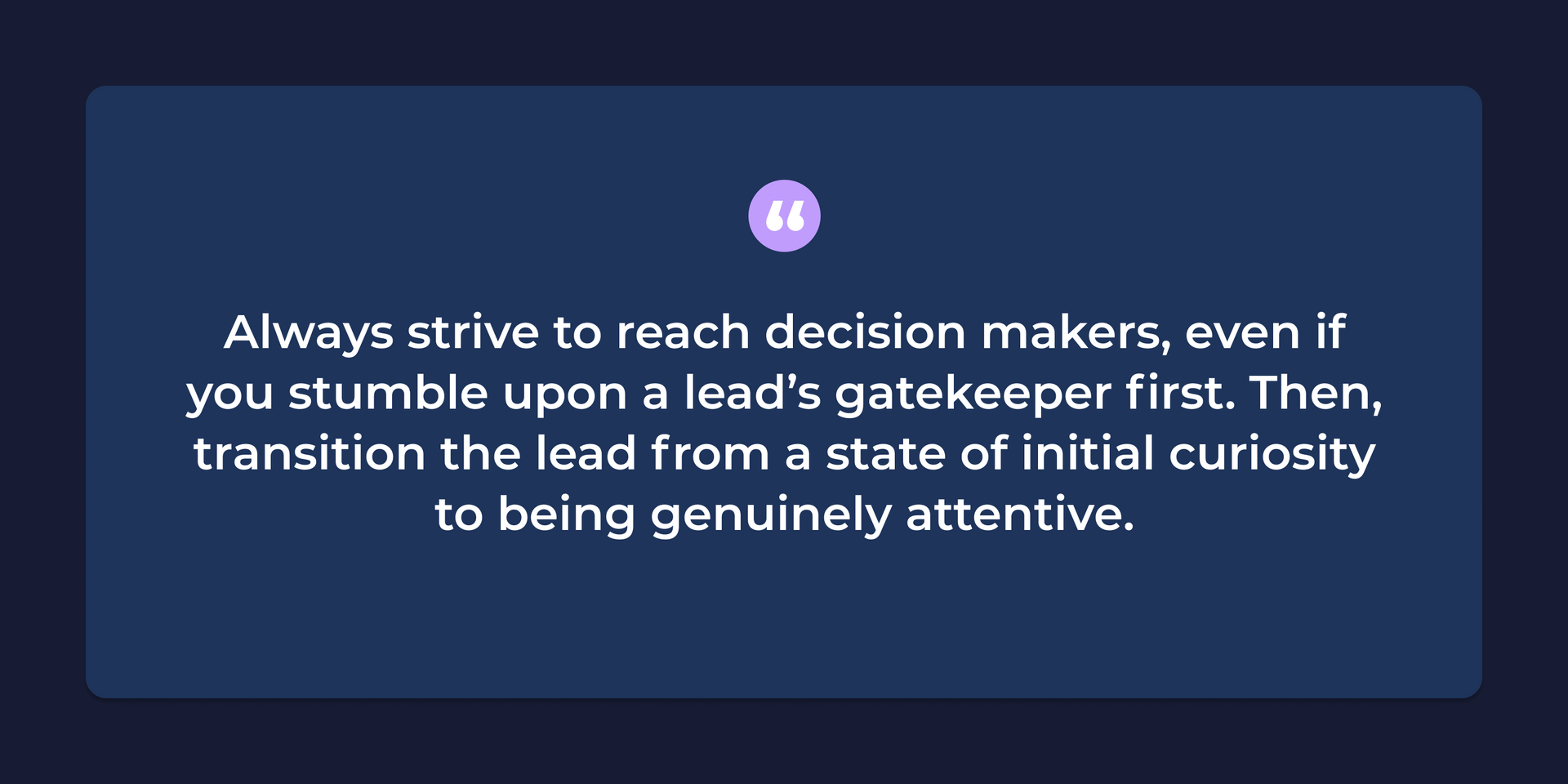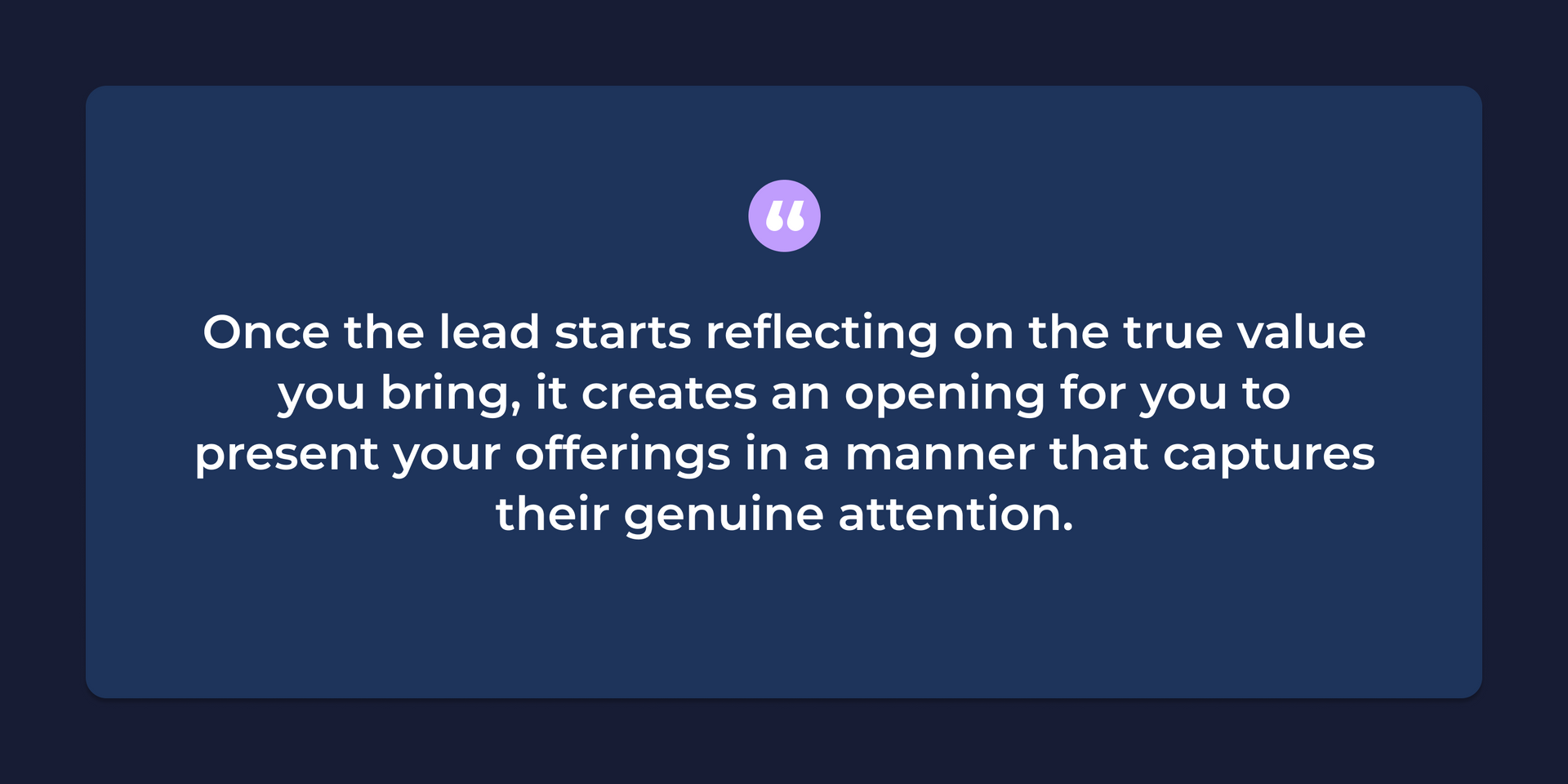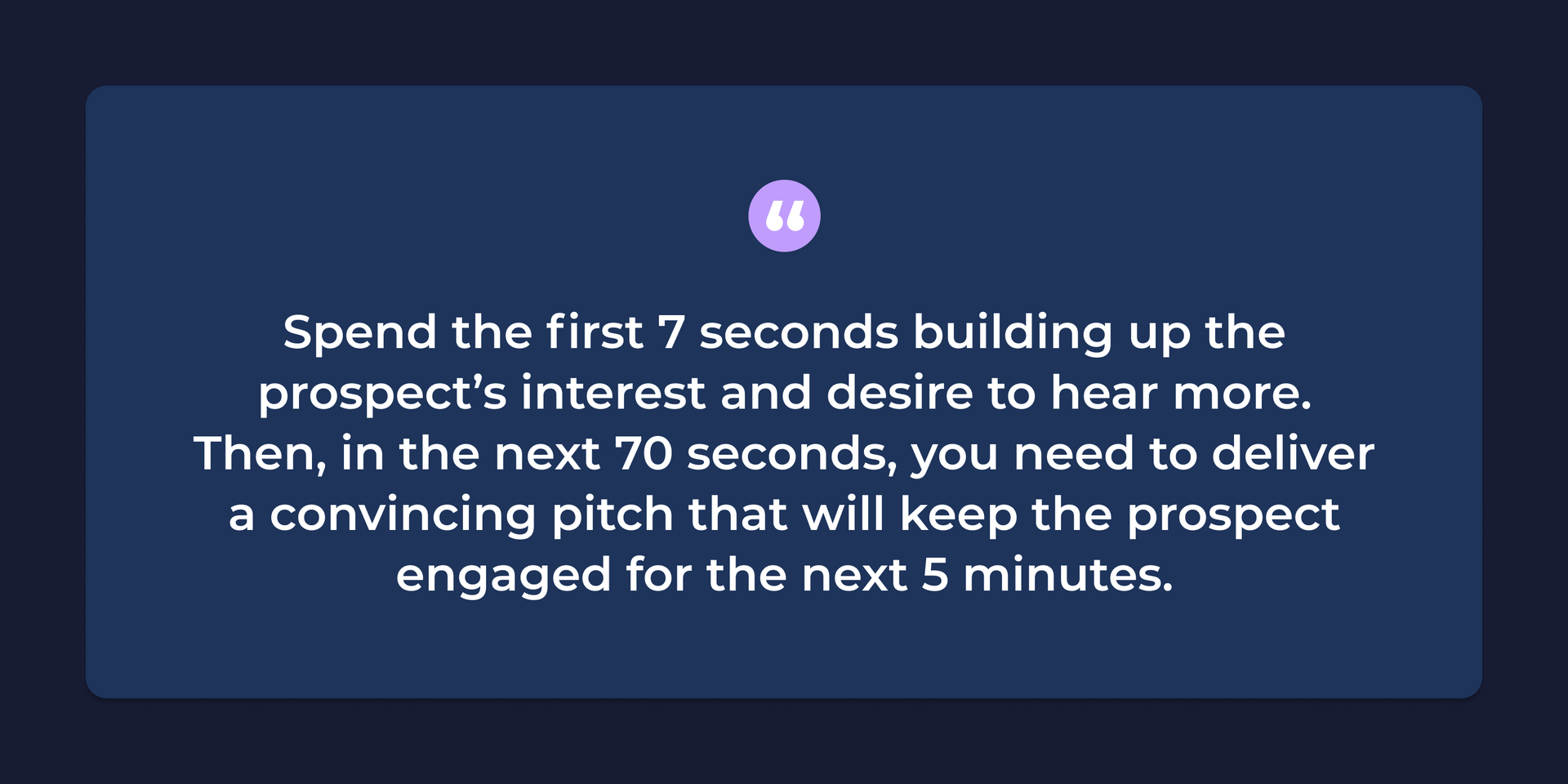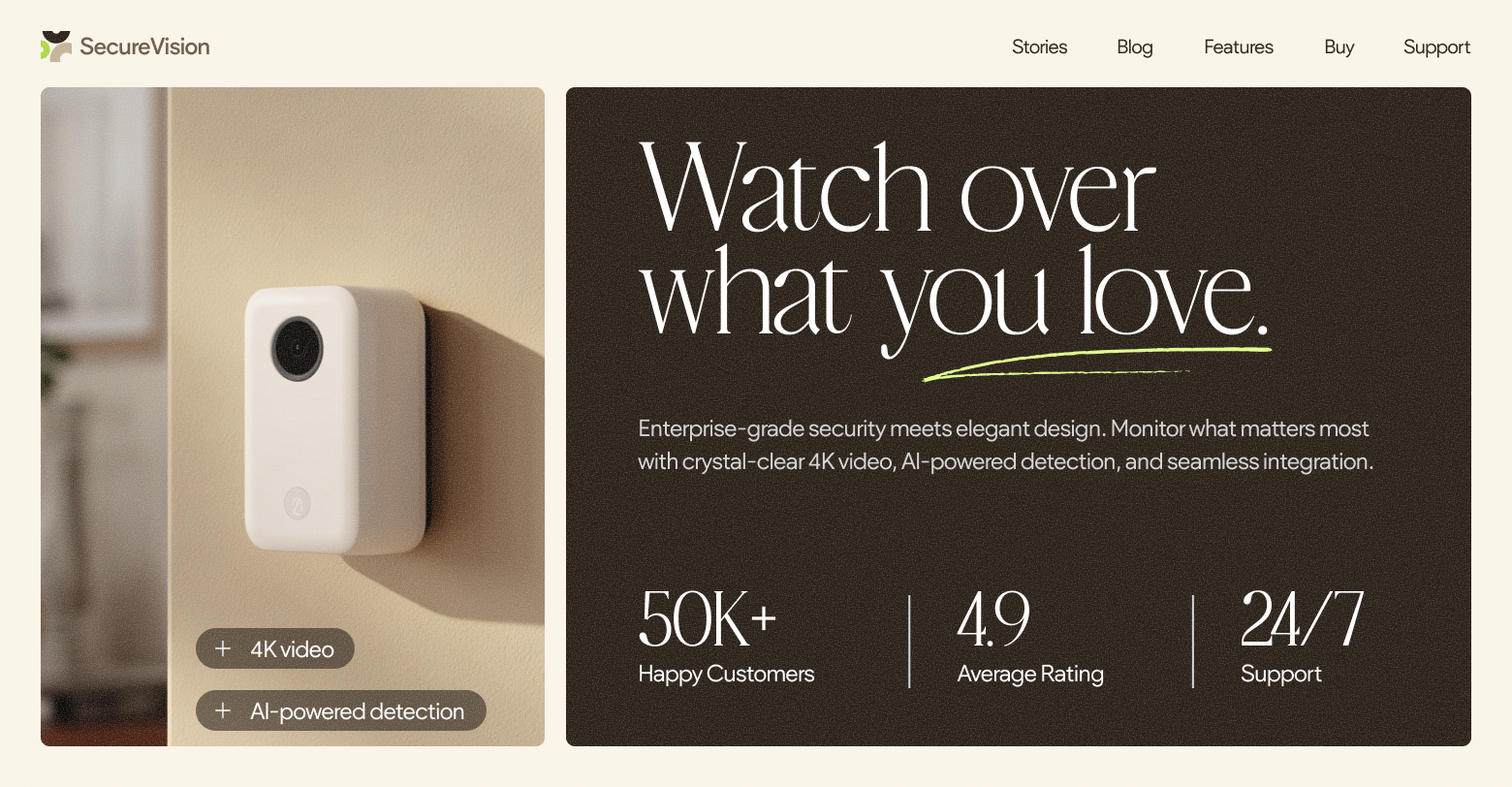In this content series, Scale and Thrive: Growth Insights for Agencies, by Agencies, we share proven tips and insights from agencies who scaled their operation and delivered proven growth. This blog post was written by Orel Y. Shalom, a successful agency owner with over a decade of experience in the field. Over the years, Orel has led more than 70 employees, producing over 10,000 websites for clients in a wide range of verticals.
As an
agency owner, you understand the significant effort and investment required to creatively attract customers who are genuinely interested in your services. There is a brief window of opportunity during which you can capitalize on these leads and successfully close deals.
Want to Excel at Attracting Customers? Don’t Disregard the Customer Journey
Even before initiating a conversation with a potential customer, consider the customer’s journey leading up to their interaction with you. By gaining insight into their prior experiences, you can tailor their ongoing journey accordingly.
If they haven’t had any interactions with your business, they’re likely a cold lead. You are the one contacting them to spark their interest. For instance, calling business owners in YELP databases to offer your website building services. If they’ve filled out a form and they are waiting for you to get back to them or they called you themselves, they’re a hot lead. For example, Facebook campaign leads.
Warm leads fall into a middle ground. They have engaged with your marketing materials and website content, indicating interest in your services, yet haven't provided contact details. While they are somewhat familiar with your offerings, it's important to acknowledge this as you engage in conversation with them.
In short, you need to first understand whether you’ve got a cold, warm or hot lead. Once you’ve got that out of the way, you can move on to the next step.
My Strategy to Approaching a Hot Lead
Here’s how I like to approach hot leads:
Often, they may not recall their initial curiosity. They might have submitted multiple inquiries with other agencies including yours, so it’s important to refresh their memory about the context in which they previously expressed interest. Don’t be aggressive. Focus on their needs and actively seek information through well-crafted questions.
Ask questions about their business. Ask how many years their business has been thriving. Praise and admire their accomplishments. Inquire about the number of leads they get. Let them know that with a website, fully tailored to their business needs, they will only amplify that number.
By establishing a connection and posing specific questions, you activate their cognitive processes as they instinctively search for answers. This naturally sparks their interest, providing an opportunity for you to reignite curiosity.
How I Get Through to a Cold Lead
I might be stating the obvious, but always strive to reach decision makers. Secondly, transition the lead from a state of initial curiosity to being genuinely attentive. Let me share with you how I like to tackle both steps:
1. Getting in front of a decision maker
Many times your first interaction with a cold lead will be with a secretary or other administrative professional. No matter who you talk to first, always approach the situation with professionalism and tact. Here are some of my strategies to navigate the situation and get an audience with the decision makers:
- Show confidence and familiarity:
If you know the business owner’s name, when making the call, express confidence by stating, "Hello, I need to speak with [xxxx], please." If asked for more information about your identity, assure them that [xxxx] is already aware of the matter and that you have important information that they need to hear. Maintain a polite and assertive tone throughout the conversation.
- Emphasize importance and urgency: If the secretary insists on knowing further details, respectfully mention that the nature of the discussion is highly important for [xxxx] and that you cannot go into specifics at this stage. Assure them that your message deserves immediate attention. This helps create a sense of urgency.
- Establish credibility: Present yourself as someone important and knowledgeable, while remaining respectful and courteous. By conveying your credibility, you increase the likelihood of the secretary passing on the message to the decision maker.
Avoid sounding like a salesperson, as it may lead to being filtered out. If the above doesn't bring the intended outcome, try a micro sale by saying:
"I wanted to share a tremendous business cooperation opportunity with you. We specialize in building exceptional websites, and this chance doesn't come by every day. If you present it to your boss, I'm certain they'll appreciate the potential value it can bring."
Your goal is to address the secretary's concerns about potentially bothering their boss. Provide reassurance and convey the value you can offer.
2. Getting the lead to pay attention and listen actively
I’d like to also call it “initiating a mindset shift” since you shift their perception from “Who’s calling?” to “What do they have to offer?” Initially, the lead may not even realize your shared interests. Start by engaging in a general friendly conversation, discussing their products and services. Convey genuine interest.
Your goal here is to be perceived as someone who isn’t solely focused on selling. By projecting this image, you prevent potential customers from immediately categorizing you as a bothersome salesperson, allowing them to remain open to your message and reducing their inclination to make excuses.
The psychology behind this is simple: All of us think in patterns. When potential customers can’t pinpoint who exactly they are talking to, it can disrupt their cognitive processes as they try to fit you into familiar patterns within their mind. This can lead to increased focus and attention on your value proposition.
Stimulate their thinking and prompt them to contemplate what you genuinely have to offer. Once they start reflecting on the true value you bring, it creates an opening for you to present your offerings in a manner that captures their genuine attention.
This is where the fantasy model can work wonders.
What is the Fantasy Model?
This is the best way to capture your prospect’s attention and convince them to continue listening. Here’s what I mean: Spend the first 7 seconds building up the prospect’s interest and desire to hear more. Then, in the next 70 seconds, you need to deliver a convincing pitch that will keep the prospect engaged for the next 5 minutes.
By increasing the level of interest as the prospect listens, you can maintain their attention and show them that their investment in listening to you is worthwhile.
The customer's perception of the value they envision is vital here.It's the little nuances you provide, subtly fueling their excitement, that make a difference. Their visionary thinking fosters high expectations and a sense of anticipation, such as the possibility of receiving a free website through collaboration. Of course, as you progress in your conversation, you'll ensure expectations are aligned.
Deliver a convincing pitch by telling the perfect story
In one of my
previous blog posts, I highlighted how the ability to craft masterful narratives can be a valuable asset in building an agency equipped for scale. This is, partially, because a solid business story enables your agency to effectively attract new customers.
When a story is strong, it flows within your sales pitch. It becomes a natural, integral part of it, igniting your prospects’ interest, allowing them to easily read between the lines.
Here's an example of how we incorporate storytelling into our sales pitches at my agency:
“Our digital agency specializes in building websites with the latest technology and innovative design concepts. We believe that your business in the field of [XXX] would be a great fit for our new 2024 concept, and we're offering it to you at a significant discount. As part of the deal, we'll feature your site as a sample on our website. However, given that spots are limited, we’d like to move forward without any holdups, if you're interested.”
Let’s look at the example a bit closer:
Make a prospect view your business proposal as a rare opportunity that would be a shame to miss by ensuring they clearly understand the reasons why they need to use your services right then and there. To make this approach effective, emphasize the underlying rationale behind the proposal and present something unique and uncommon, which the client has not come across before.
Your proposal gains further strength when you highlight both the distinct value proposition of your business and the exceptional quality outcomes that your clients can expect.
After piquing a prospect's interest, the lead becomes a warm one and the sales conversation progresses to the conventional sales model. By following this model, you can better identify and address potential objections before they arise, increasing the likelihood of a successful sale. I’ll walk you through all the specifics in my next blog post.
Final Thoughts
Attracting customers is all about strategy and psychology. Know how and when to differentiate between cold and warm leads and tailor your efforts accordingly. After all, success lies in consistently refining sales techniques, adapting to the market, delivering exceptional value through compelling stories, and showing you care. By engaging with leads, understanding their needs, and employing persuasive strategies, agencies can forge lasting customer relationships and drive sustainable business growth.
Related Posts
By Ilana Brudo
•
November 13, 2025
Don't let AI-generated websites cause day-two headaches. Learn why agencies need governance and control, and how Duda's AI stack offers speed without the risks.
By Shawn Davis
•
November 6, 2025
Learn how Jared Broussard's agency scaled client websites by switching from WordPress to Duda, saving time and costs while boosting efficiency and growth.
By Ilana Brudo
•
October 30, 2025
Stop the magic, start the security. Uncover the hidden risks of AI "vibe coding" in web development and build safer websites for your clients.
Show More



